OS X Mountain Lion Pocket Guide (20 page)
Read OS X Mountain Lion Pocket Guide Online
Authors: Chris Seibold
Tags: #COMPUTERS / Operating Systems / Macintosh

The Startup Disk pane lets you specify which currently
attached disk you wish to use to start your Mac. You can use any valid
startup disk (your choices will show up in the pane), including DVDs and
external disks. Clicking Restart reboots your system using the selected
disk. (You can also choose a startup disk by pressing and holding the
Option key while your Mac is starting).
If your Mac has a FireWire port, you can also choose to
start the machine in Target Disk Mode. This turns your high-priced Mac
into a glorified hard drive, but it is extremely useful for transferring
data and preferences and repairing troublesome hard disks.
After you install a non-Apple application that has a
preference pane of its own, you’ll see that pane in a new section of
System Preferences labeled Others. These panes work the same as Apple’s
own—they let you control aspects of the program or feature you added. For
example, if you install Perian (
www.perian.org
) so your Mac
can display a greater variety of video types, you can adjust Perian via
its preference pane.
One of the most common questions about third-party preference panes
isn’t how to
use
them; it’s how to get rid of them.
If the third-party application doesn’t include an option to uninstall its
preference pane, you can manually uninstall the pane by right-clicking or
Control-clicking it and then selecting Remove (see
Figure 5-8
).
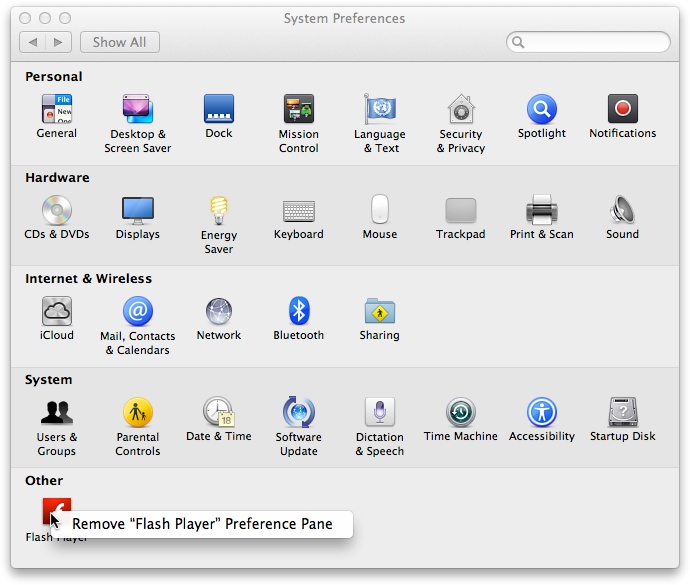
Figure 5-8. Removing an unwanted preference pane
Removing an application’s preference pane removes only the
preference pane, not the application itself.
When you install Mountain Lion, a number of applications and utilities
come along for the ride. You get the predictable apps like Safari, and the
boring-yet-useful utilities like Activity Monitor, as well as brand-new
applications like Reminders. And some of the older applications have been
radically upgraded (and, in the case of iChat, renamed; it’s now called
Messages).
This section gives you a quick rundown of all the applications
installed by default with Mountain Lion. Note that the list covers only
applications that come with a Mountain Lion install—if you have a
brand-new Mac or are upgrading an older Mac, you’ll likely have other
applications that aren’t included in this list (such as iLife).
The App Store application is Apple’s electronic
distribution client. If you’ve used an iOS device or any version of OS X
after 10.6.7, you’re familiar with the concept. If you haven’t used the
App Store before, it works like you might expect: When you launch this
app, you’ll see a store where you can buy a huge variety of apps. The
App Store offers recommendations, shows you what’s popular, and offers a
search function so you can find the perfect app. Once you’ve made a
selection (or several), you type in your iTunes or iCloud password and
purchase the chosen app(s).
Worried that you could lose the apps you’ve bought if
your computer crashes? Never fear: once you buy an app, you can
download it as many times as you like.
Using the Mac App Store differs from the traditional way
you’re used to managing software. Instead of having to search for
updates, you’ll find any updates to your purchases prominently indicated
in the App Store and in the Notification Center; click Update All to
install the latest versions of all your purchases. You can install App
Store purchases on any of your authorized Macs (up to five).
You can’t authorize or deauthorize machines via the Mac
App Store. Instead, you have to open iTunes, head up to the Store
menu, and then manage your Macs from there using the
Authorize/Deauthorize This Computer commands.
Automator is a workflow tool for automating repetitive
tasks: resizing photos, converting files to different types, combining
text files, syncing files between folders—that kind of thing. In
Mountain Lion, Automator looks and acts much like previous versions, and
at first glance you won’t notice the difference. But closer inspection
reveals new actions that make automating things even easier. So if there
was something you couldn’t get Automator to do before, now is a great
time to revisit this application. Automator supports Auto Save and
Versions (see
Auto Save and Versions
).
Still not finding the script you need? Google has you
covered: head to
Google.com
and type
“automator actions” into the search box, and you’ll find scads of
prewritten scripts.
When you fire up this application, you get a basic
calculator. If you explore the program’s menu bar, you’ll note that it
has scientific and programmer modes (in the View menu), and numerous
conversion functions (in the Convert menu). If you want a history of
your calculations, you can get a running record by using Paper Tape
(⌘-T). Calculator can also speak: the program can announce both button
presses and your results; just visit the Speech menu in Calculator’s
menu bar.
Using Calculator for basic math isn’t the fastest way to
get the answer—Spotlight can do math, too. So if you need a simple
expression calculated, type it into Spotlight (see
Figure 6-1
) and skip
Calculator altogether!
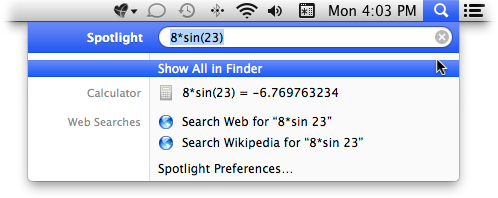
Figure 6-1. The same answer as Calculator, but much more convenient
In earlier versions of OS X your calendaring needs were
handled by iCal. You won’t find iCal in Mountain Lion because it’s been
replaced by Calendar. Like iCal, Calendar’s interface resembles a
desktop calendar, but the program’s look is more refined than it was in
Lion (see
Figure 6-2
).
Calendar also adds some features not found in the last version of iCal,
like a sidebar (click the Calendars button to display it).
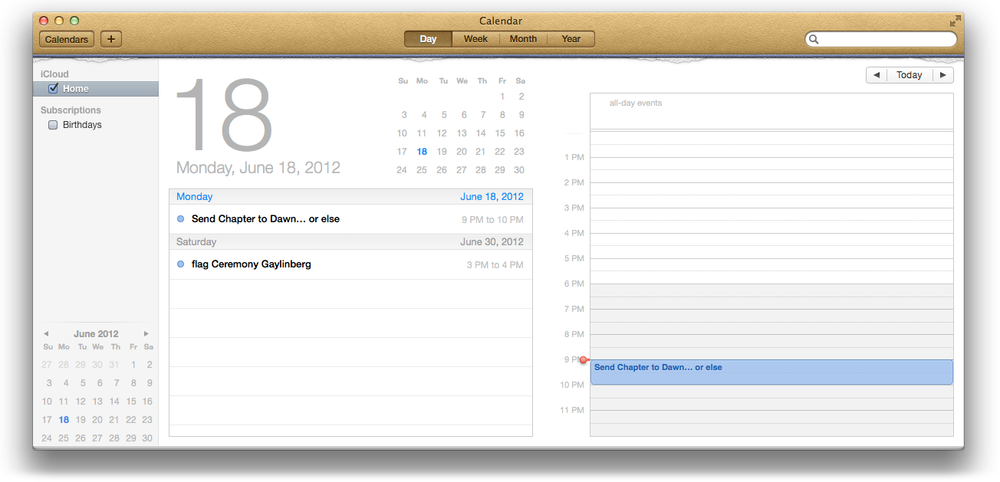
Figure 6-2. Rejoice, iCal fans—the sidebar has returned!
Calendar also adds a new method for searching through all
your calendar entries:
search tokens
. Search tokens
make searching easier. Start typing whatever you’re looking for and a
list will drop down. When you see what you want, select it from the
drop-down menu. The options will be something like the following:
- Event contains “scout”
Title Scout
- Notes
Scout
Select Scout under Notes and it’ll transform into a token. For
example, if you search for “Scout” (
Figure 6-3
) and then select “Scout” under
Notes, the calendar is filtered so only entries with “Scout” in their
notes show up. You don’t have to stop with one token; you can keep
adding tokens to find exactly what you want. Search tokens have been
around in OS X for some time, but their use is becoming more widespread.
For example, you’ll now find search tokens in Mail, too.
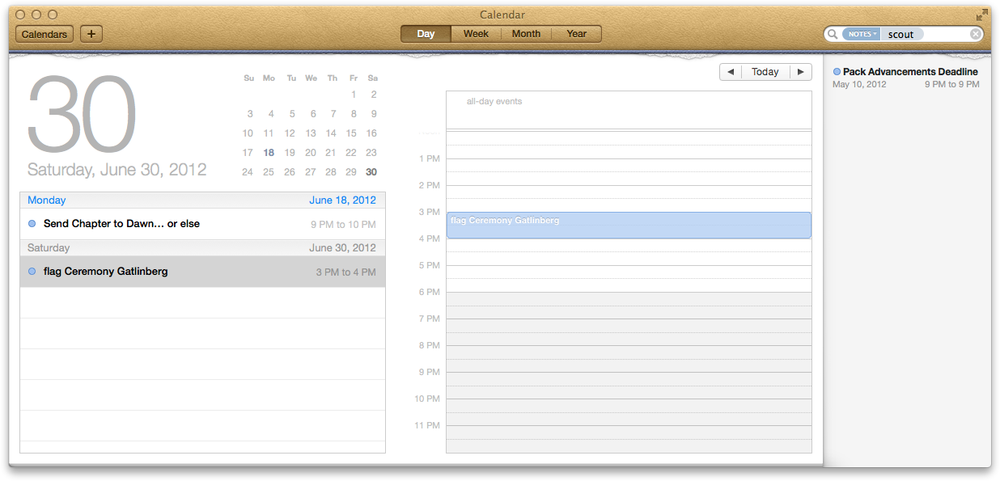
Figure 6-3. Searching Calendar entries
Calendar retains iCal’s Quick Event feature—simply click
the + button to create an event just by typing the date and time. If
your event needs more info than just the day and time, then click the
entry and a pop up window will allow you to add alerts, invitees,
locations, and so forth (
Figure 6-4
). If you’re subscribed to
the invitee’s calendar, then clicking Available Meeting Times will
reveal any conflicts in your calendar or theirs.
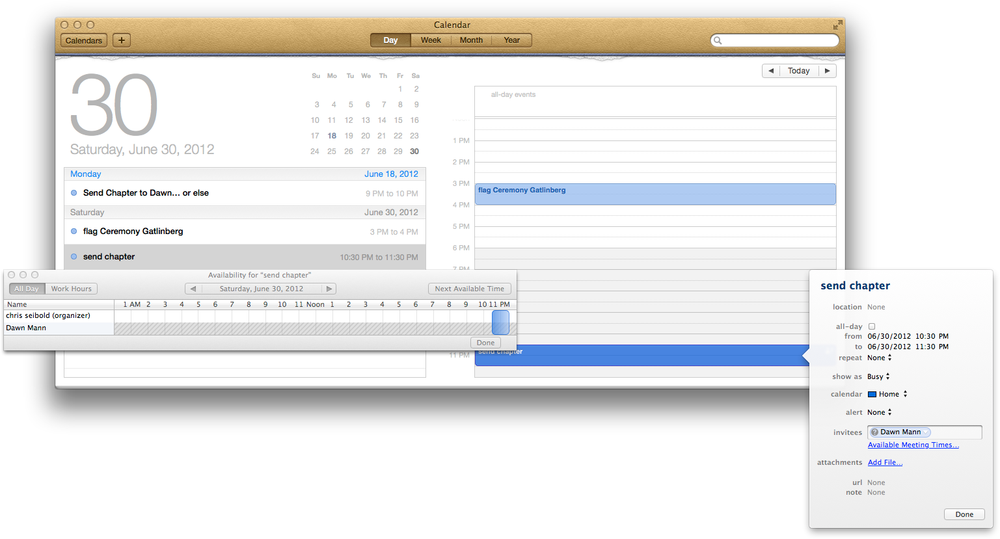
Figure 6-4. Inviting an editor to an event
Mountain Lion features an updated version of Chess. As in
earlier versions, you get the standard human-versus-computer chess game,
as well as four chess variants, a tweakable board and pieces, and the
ability to speak to your Mac to move pieces. (If you don’t like the
default view, you can change the tilt of the chessboard by clicking and
holding the mouse button anywhere on the board’s border; arrows will
appear that allow you to tilt and rotate the board to your
liking.)
One difference from previous versions is that the difficulty
slider has changed (go to Chess
→
Preferences to see it). In earlier versions,
you just moved the slider to the point where you thought you could beat
the computer and then hoped for the best. In this version, the slider is
much more informative—it tells you exactly what the computer is doing
(
Figure 6-5
).
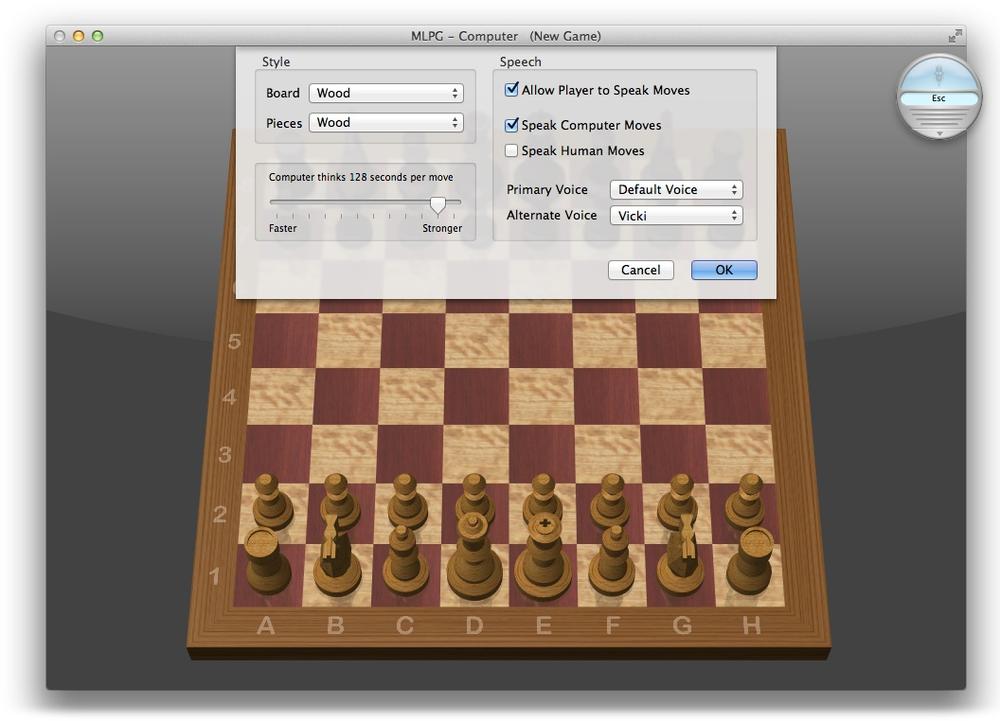
Figure 6-5. You’re about to get dominated by your Mac
You can also pit the computer against itself or play
against another human. Sadly, you can’t play chess against someone over
a network, so if you want a head-on challenge with a human, they’ll have
to be at your Mac with you. And if you’re suddenly called away from your
Mac during a heated game, don’t worry—this version of Chess features
Auto Save, so you don’t have to worry about losing any progress.
The biggest change in Chess? It’s included in Game Center (see
Game Center
), which means your Fisher-esque chess
skills will be rewarded with badges!
If you look for Address Book in Mountain Lion, you won’t
find it. The functionality isn’t lost, though—the app has been renamed
Contacts. But the name isn’t the only thing that changed; Contacts
includes some upgrades compared with Address Book. For one thing, the
three-column layout makes a return after being banished in Lion so you
won’t have to click that annoying bookmark to flip between individuals
and groups of contacts (see
Figure 6-6
).
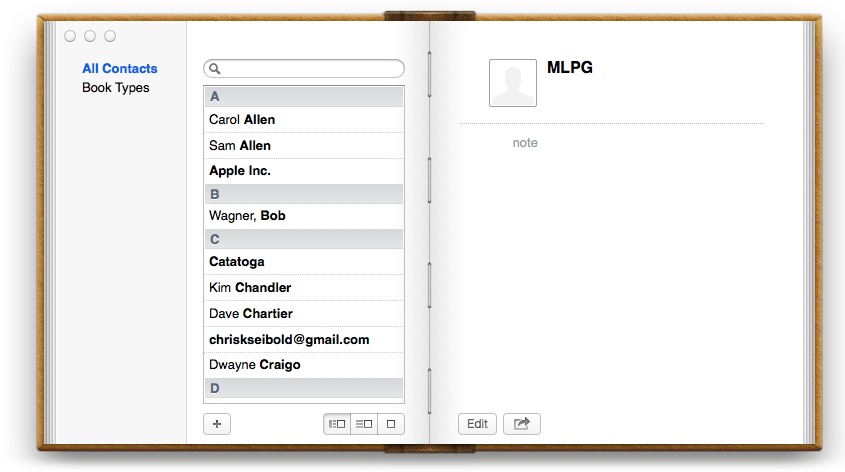
Figure 6-6. The third column for groups is back!
Contacts also features a Share Sheet button so you can
easily share a contact via email, Messages, or Air Drop. Like previous
versions of Address Book, Contacts stores information in iCloud so if
you add or delete a contact on one of your Apple devices, that change
shows up on all of them.
When you set up your Mac, Contacts automatically adds an entry
for you. That might seem crazy—after all, you know how to get in touch
with yourself—but there are benefits. For example, you can hit the
Share Sheet button in Contacts to easily share your contact info with
anyone you wish.